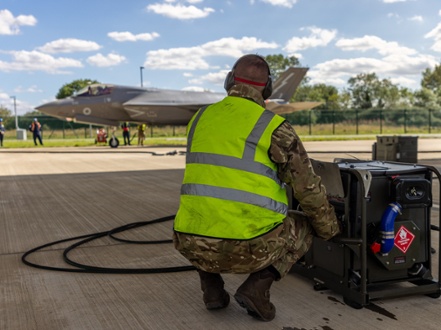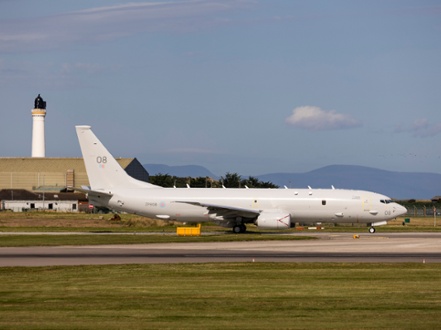A Royal Air Force-led exercise has doubled the number of missions and trained night and day to simulate operating against a peer adversary.
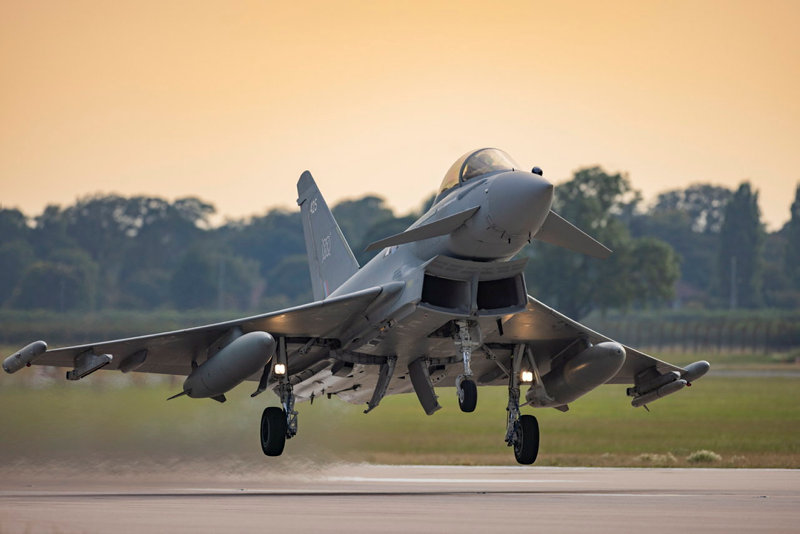
Exercise Cobra Warrior 23-2 involved more than 50 aircraft from 6 allied countries – Canada, USA, Italy, Norway, Australia and the UK, along with a NATO aircraft – working together to support a fictional country in conflict to regain sovereign territory.
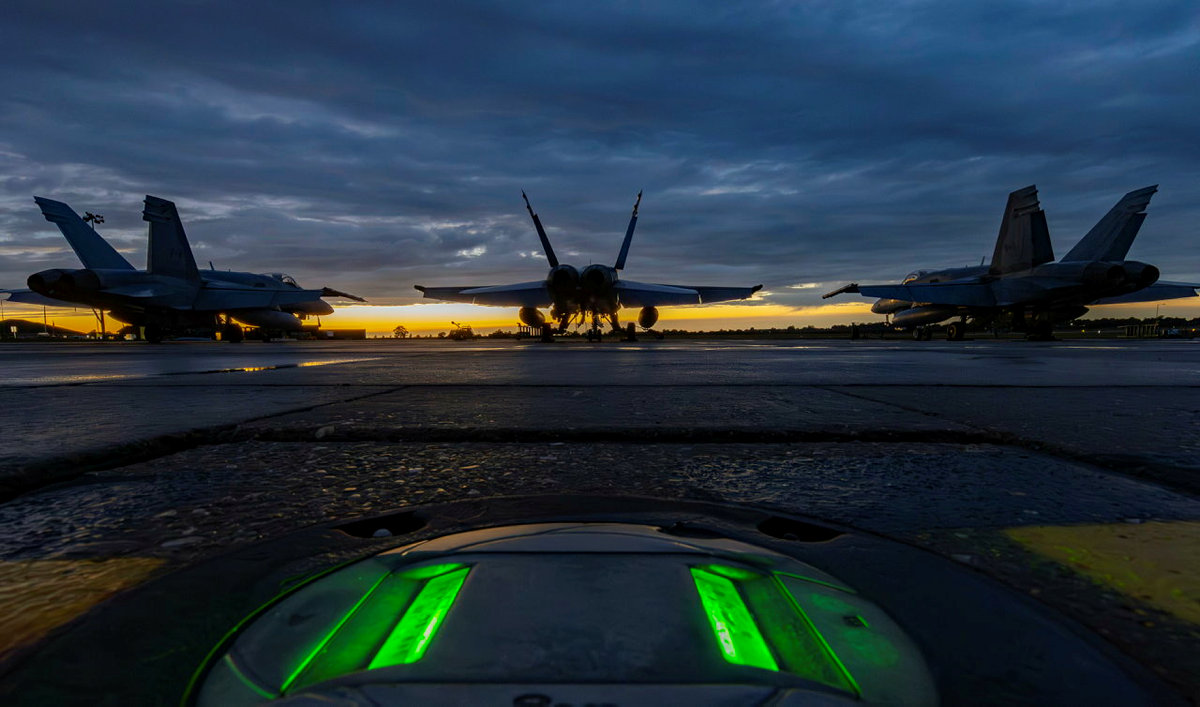
A senior officer from the RAF’s Air and Space Warfare Centre (ASWC) said:
The intent of Exercise Cobra Warrior was to bring allied forces together in order to enhance our ability to work collaboratively on demanding missions, in dynamic threat environments, by day and night. The Exercise met all of its objectives and I am pleased to say was a resounding success.
The Exercise was coordinated by the ASWC and took place across the UK and over multiple domains: air, sea, land, space and cyber. The RAF’s F-35B Lightning, a fifth-generation fighter jet, took part from HMS Queen Elizabeth, with F-35s from the USA and Norway also involved.
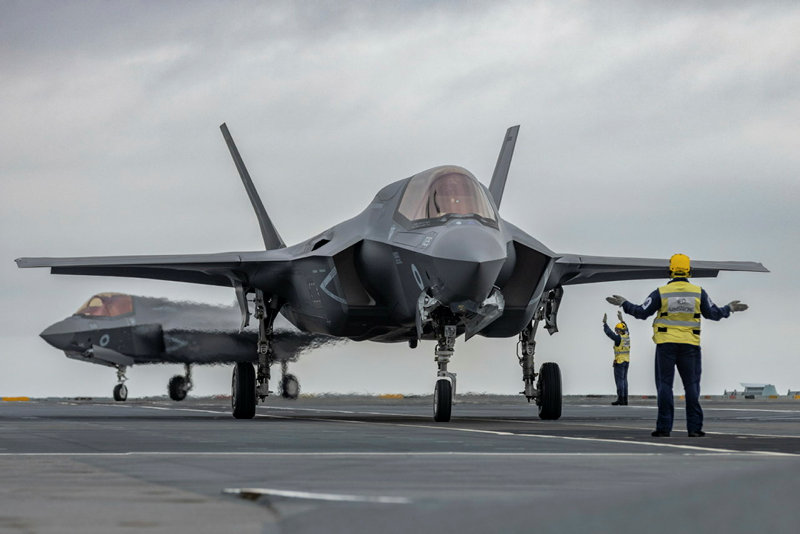
An A400M Atlas, the RAF’s newest transport aircraft, delivered a 25-tonne Multiple Launch Rocket System to a Temporary Landing Zone to test its targeting, before loading it back on and leaving the remote location within minutes.
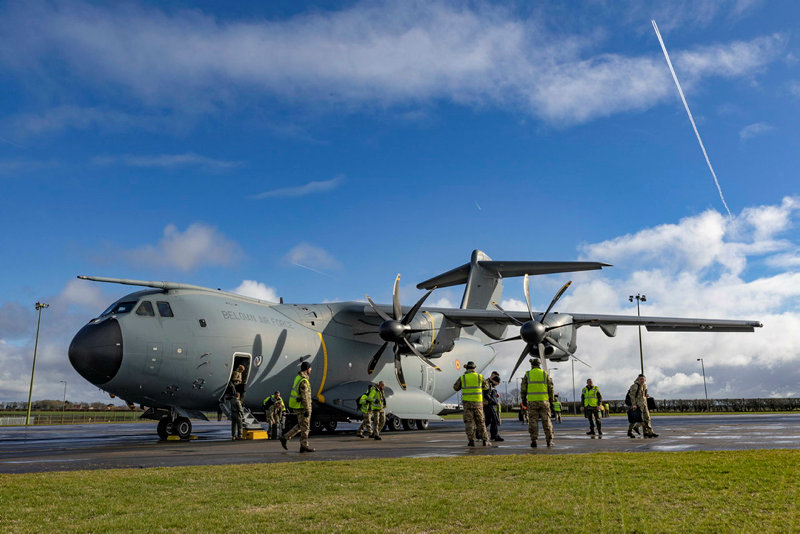
Gunners from 51 Squadron RAF Regiment were given air support from US Air Force Pave Hawk helicopters from the 56th Rescue Squadron to secure a simulated crash site and rescue injured crew, and later received air cover from British Army Apache and Wildcat helicopters to intercept and capture an enemy commander.
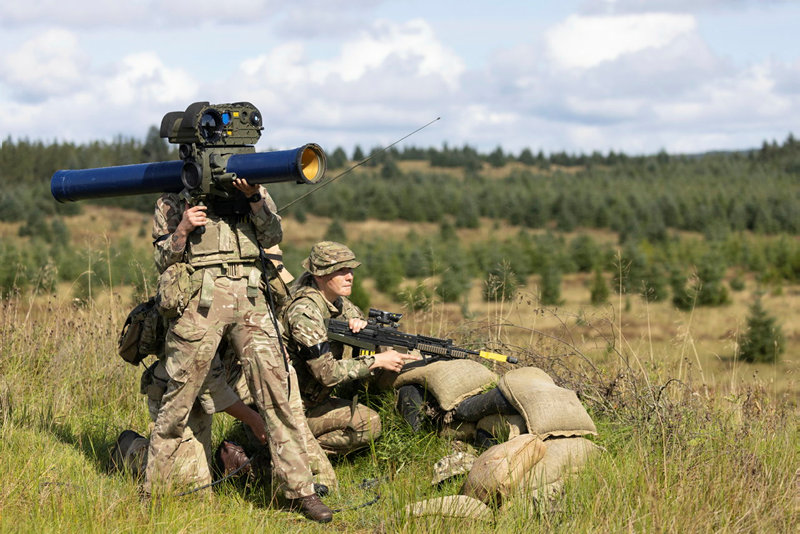
RAF Waddington in Lincolnshire became a temporary home for F18 Hornet fighter jets from the Royal Canadian Air Force with equipment and personnel delivered by a C17 Globemaster. They were supported by air-to-air refuelling from their CC-150 Polaris aircraft staying at RAF Lossiemouth in north Scotland. Waddington also welcomed a NATO E-3A Airborne Warning & Control System (AWACS) to manage large areas of battlespace and provide surveillance and communications.







